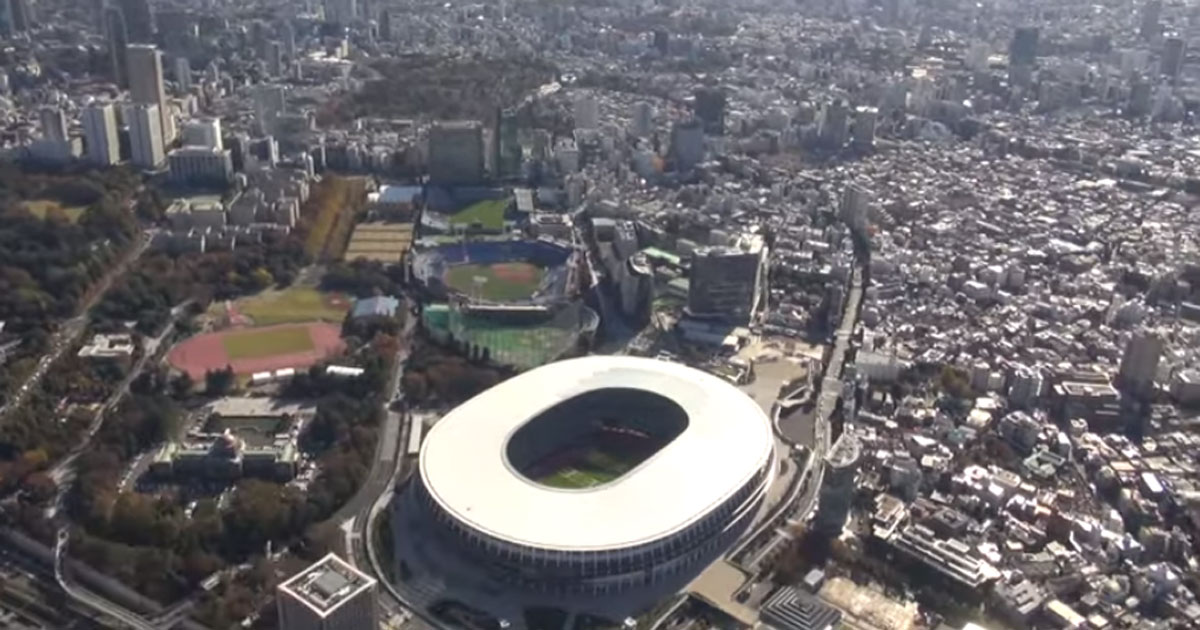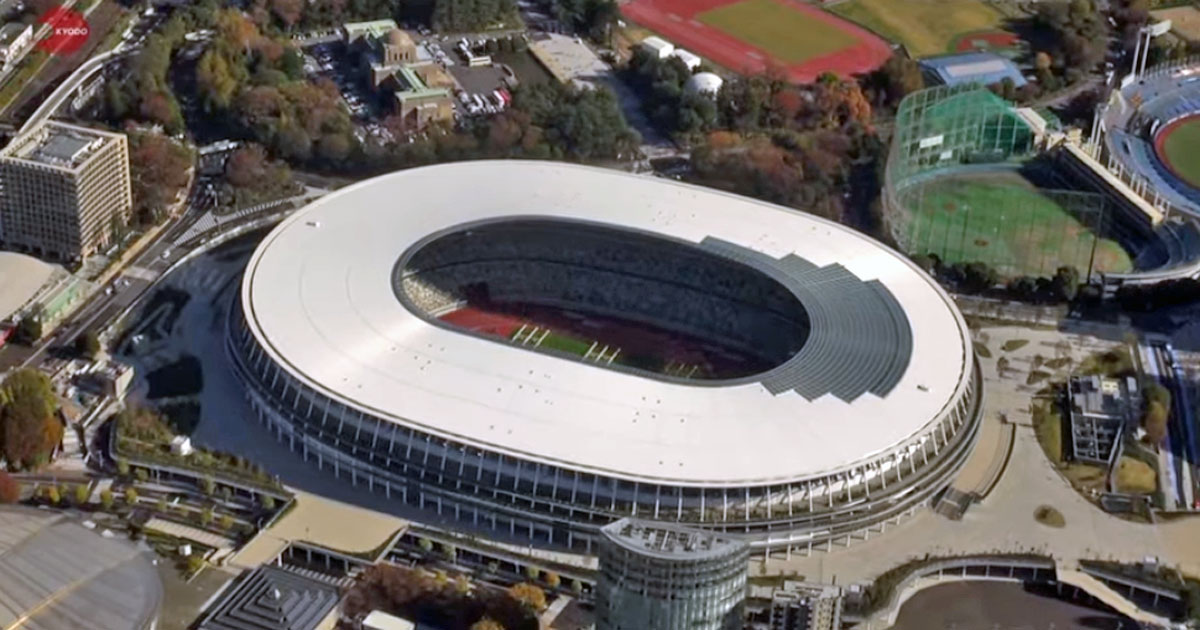The new National Stadium in Japan has officially been finished -- ahead of time.
It was completed on Saturday, Nov. 30, 2019, when the centerpiece for the 2020 Olympics and Paralympics was handed over to its owner and operator, the Japan Sport Council, Japan Times reported.
The 2020 Tokyo Olympics runs from July 24 to Aug. 9, 2020.
Most impressive of all, the stadium was completed in just 36 months for ¥157 billion (S$1.96 billion).
A replacement
Called the National Stadium, it has five stories above ground level and two below
It replaces the National Stadium that was used as the main venue for the 1964 Tokyo Olympics, which in turn took the place of Meiji Jingu Gaien Stadium.
This older stadium has a torrid reputation, as it was a point of departure for students leaving to fight during World War II.
Facts about the stadium
The new stadium was built in the midst of the Tokyo’s Meiji Jingu Gaien area situated in greenery.
Domestic lumber and massive amount of plants help the 47.4-meter-high woodland-themed stadium blend in.
It will have 60,000 seats.

Seats are coloured in five different earth tones to resemble a mosaic representing sunbeams filtering through a forest.
The stadium was made with users with disability in mind.
For example, toilet seat heights were adjusted upward by 1cm, and Braille signs in elevators were posted 2mm higher.
The JSC said it consulted and paid careful attention to the accessibility guidelines published by the Olympic organisers and held more than 20 hearings with organisations to tweak features.
Wheelchair users and those with mobility issues will have 500 spots with unblocked views designated for them.
The first floor is on the ground level to ensure smooth access.
Wifi hot spots installed in the stadium allows some 30,000 simultaneous connections.
The 850m fifth-floor concourse encircling the stadium will be open to the public even after the Tokyo Olympics.
Visitors will get to enjoy views of the cherry blossoms or autumn leaves, as well as Shinjuku’s skyline, Tokyo Skytree and Mount Fuji.
The stadium was first conceived in 2011, two years before Tokyo was named host of the 2020 Games.
The new stadium was born out of a desire to revamp the old National Stadium and to build a 80,000-capacity stadium.
The stadium was created by architect Kengo Kuma’s office, construction giant Taisei Corp. and design firm Azusa Sekkei Co.
The Japanese are using recycled metal for medals and have built bed frames made out of cardboard for visiting athletes, which are all part of the country's innovative culture.
If you like what you read, follow us on Facebook, Instagram, Twitter and Telegram to get the latest updates.
